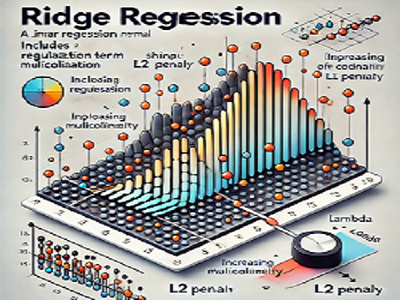Getting Started with R: A Powerful Tool for Data Analysis and Research
Join the Ekiti R-Users Group for our first online outreach event, designed for beginners, students, and researchers curious about the R programming language.Whether you’re new to data analysis or looking for a reliable tool for your academic or professional research, this session will introduce you to R’s foundations, its community, and the powerful things you can do […]
Getting Started with R: A Powerful Tool for Data Analysis and Research Read More »
Blog Posts


